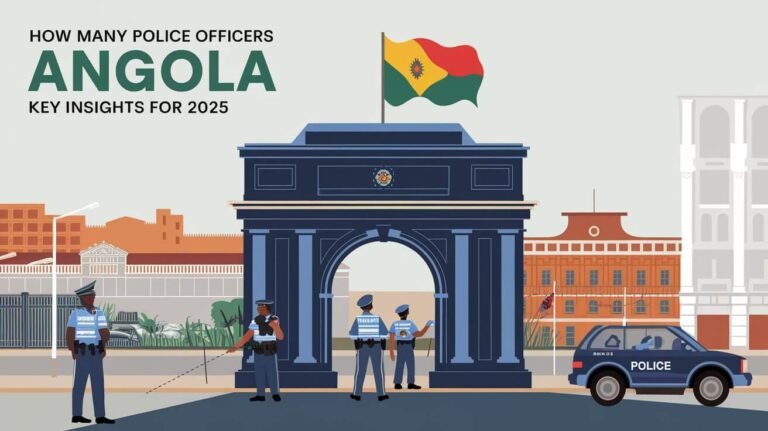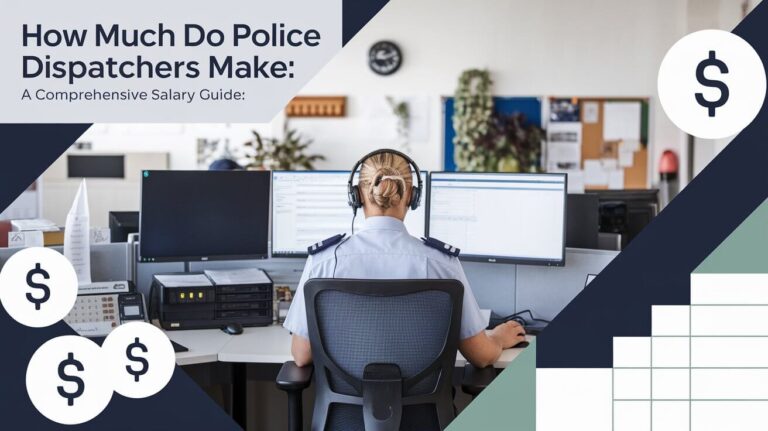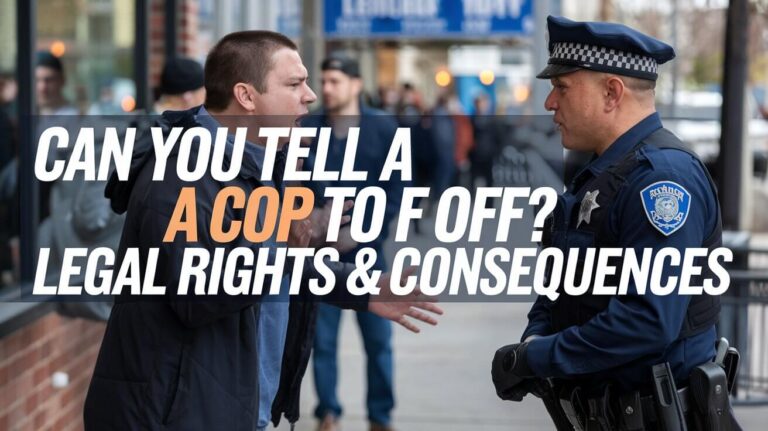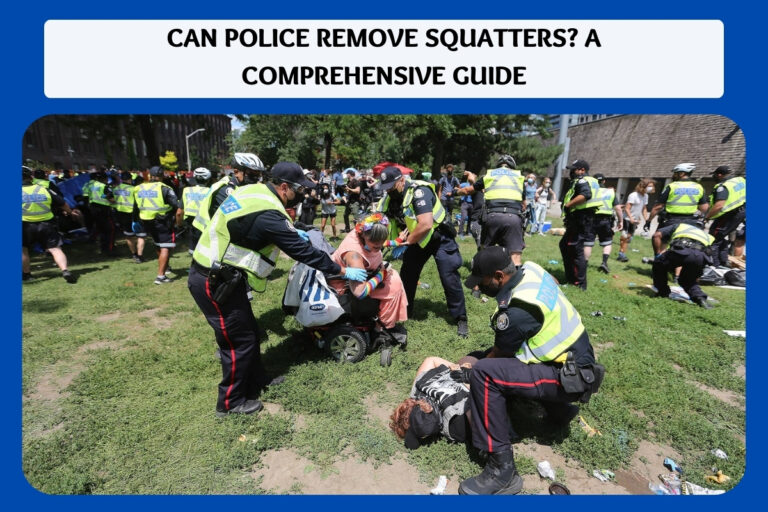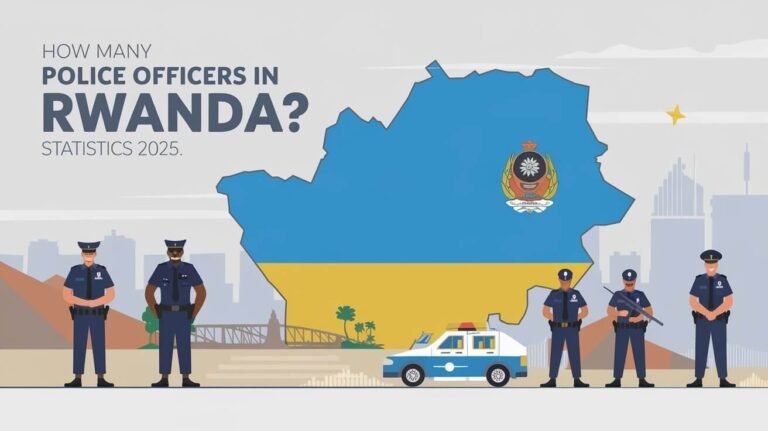How Fast Are Police Cars? Top Speeds of Law Enforcement Vehicles
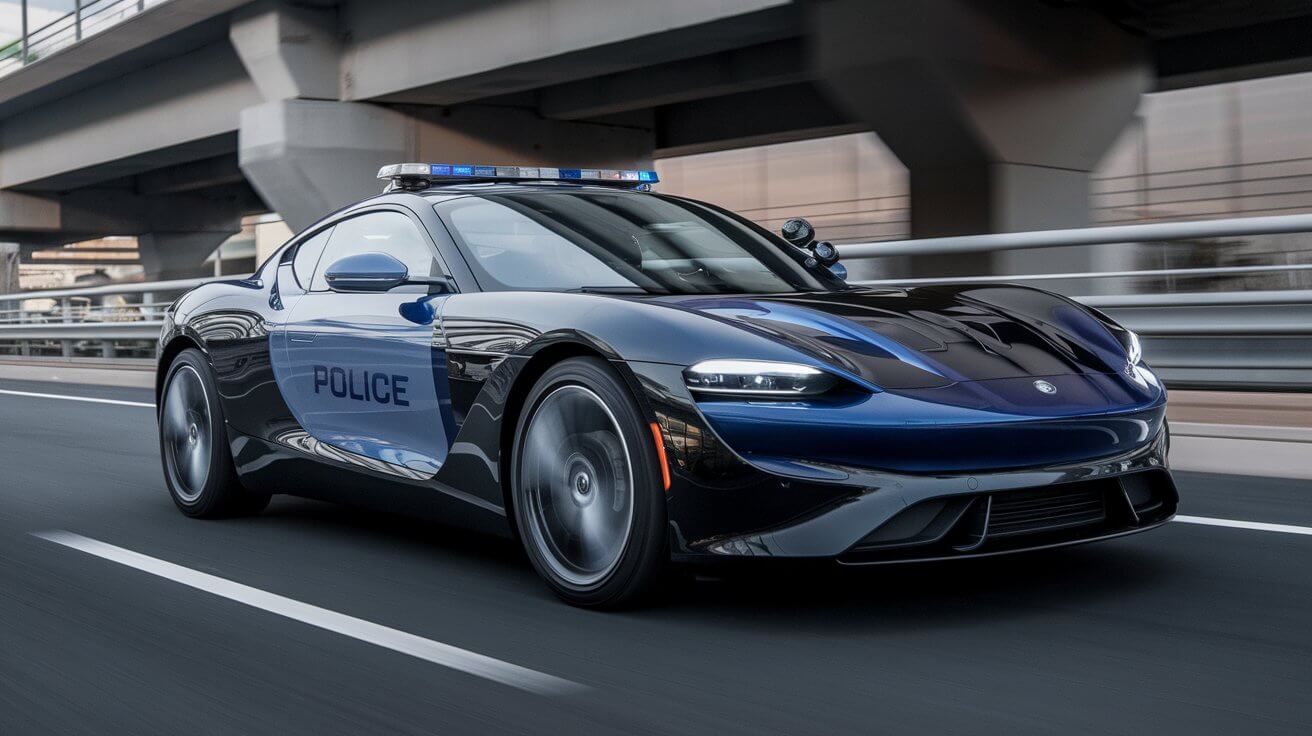
Police cars aren’t just for show – they’re built for speed. These law enforcement vehicles can really move when they need to. Most cop cars today hit top speeds of 130-155 mph. Some special units go even faster. Want to know more about how quick police rides can be? Let’s check out regular patrol cars and the souped-up ones used for chases.
The Evolution of Police Cars
Early Police Vehicles
The story of police cars begins in 1899 when the Akron Police Department in Ohio purchased an electric patrol wagon. This groundbreaking vehicle could reach a whopping 18 mph – a speed that would barely qualify as a brisk jog today. But back then, it was revolutionary.
Transition to Purpose-Built Police Cars
As the automotive industry grew, so did the need for specialized police vehicles. The 1950s marked a turning point. Car manufacturers started developing models specifically for law enforcement. These cars were tougher, faster, and better equipped to handle the demands of police work.
Modern Police Car Development
Today’s police cars are engineering marvels. They’re built to be fast, durable, and packed with cutting-edge technology. From powerful engines to advanced communication systems, these vehicles are a far cry from their early 20th-century ancestors.
Factors Influencing Police Car Speed
Engine Power and Performance
The heart of any fast police car is its engine. Most modern police vehicles come equipped with V6 or V8 engines, delivering impressive horsepower. For example, the popular Ford Police Interceptor Utility boasts a 3.0-liter EcoBoost V6 engine with 400 horsepower.
Vehicle Weight and Aerodynamics
While power is crucial, weight and aerodynamics play significant roles in a police car’s speed. Manufacturers strive to balance the need for equipment and safety features with maintaining a streamlined design for optimal performance.
Pursuit-Rated vs. Standard Police Vehicles
Not all police cars are created equal. Pursuit-rated vehicles undergo rigorous testing to ensure they can handle high-speed chases and extended periods of demanding driving. These cars often feature upgraded brakes, suspension, and cooling systems.
Top Speeds of Common Police Cars
Ford Police Interceptor Utility
The Ford Police Interceptor Utility, based on the Explorer SUV, is a favorite among law enforcement agencies. It can reach speeds over 150 mph, making it one of the fastest police vehicles on the road.
Dodge Charger Pursuit
The Dodge Charger Pursuit is another speed demon in the police fleet. With a top speed of approximately 155 mph, it’s a formidable presence on highways and city streets alike.
Chevrolet Tahoe PPV
The Chevrolet Tahoe Police Pursuit Vehicle (PPV) combines SUV practicality with impressive speed. It can hit a top speed of around 134 mph, balancing performance with utility.
Other Popular Models
Other notable police vehicles include the Chevrolet Caprice PPV and the Ford Police Interceptor Sedan. These cars offer varying degrees of speed and performance, typically ranging from 130 to 155 mph at top speed.
Specialized High-Speed Police Vehicles
Exotic Police Cars Around the World
Some police departments go above and beyond with their vehicle choices. The Dubai Police force, for instance, boasts a fleet that includes a Bugatti Veyron capable of reaching speeds over 250 mph. While these exotic cars often serve more as PR tools than practical patrol vehicles, they showcase the extreme end of police car capabilities.
Motorcycles in Law Enforcement
Police motorcycles offer agility and speed, especially in urban environments. Many departments use bikes that can reach speeds of 130-150 mph, allowing officers to navigate traffic and respond quickly to emergencies.
Unmarked High-Performance Vehicles
Some departments employ unmarked high-performance cars for special operations. These vehicles, which might include models like the Chevrolet Camaro or Ford Mustang, can often match or exceed the speeds of marked patrol cars.
The Role of Speed in Law Enforcement
High-Speed Pursuits
While high-speed chases make for exciting TV, they’re actually relatively rare and extremely dangerous. The speed capabilities of police cars are more often used to quickly close the distance to a fleeing suspect, rather than engage in prolonged pursuits.
Emergency Response Times
The real value of a fast police car lies in its ability to respond quickly to emergencies. When every second counts, the speed of a police vehicle can make a critical difference.
Deterrent Effect
The mere presence of a capable police vehicle can serve as a deterrent to would-be speeders and reckless drivers. Knowing that a police car can easily catch up discourages many from breaking traffic laws.
Beyond Speed: Other Important Features of Police Cars
Durability and Reliability
Police cars need to be more than just fast – they need to be tough. These vehicles often run 24/7 and must withstand the wear and tear of constant use. Features like heavy-duty alternators, enhanced cooling systems, and reinforced suspensions are common.
Safety Features
With high speeds come high risks. Police cars are equipped with advanced safety features to protect officers and the public. These may include specialized braking systems, enhanced stability control, and robust crash protection.
Equipment and Technology Integration
Modern police cars are mobile offices. They’re packed with computers, communication systems, and specialized equipment. Balancing this technology with performance is a constant challenge for vehicle designers.
The Future of Police Car Speed
Electric and Hybrid Police Vehicles
The future of police vehicles is leaning green. Departments across the country are testing electric and hybrid models. The Ford Police Interceptor Utility Hybrid, for example, offers improved fuel efficiency without sacrificing performance.
Advancements in Pursuit Technology
As vehicle technology evolves, so do pursuit tactics. Some departments are exploring alternatives to high-speed chases, such as GPS tracking devices that can be launched onto fleeing vehicles.
Balancing Speed with Other Priorities
While speed remains important, future police vehicles will likely focus on a balance of performance, efficiency, and advanced technology. The goal is to create versatile vehicles that can handle a wide range of law enforcement tasks.
Comparing Police Car Speeds to Civilian Vehicles
Can Civilian Cars Outrun Police Cars?
While some high-performance civilian cars can theoretically outpace police vehicles, it’s important to remember that outrunning the police is both illegal and extremely dangerous. Modern police forces have numerous tools at their disposal beyond just fast cars.
Legal and Safety Implications of Fleeing
Attempting to flee from the police can result in severe legal consequences, not to mention the risk of injury or death. It’s always safer and smarter to comply with law enforcement instructions.
Training and Skills: Maximizing Police Car Performance
Police Driver Training Programs
Having a fast car is one thing – knowing how to use it safely is another. Police officers undergo extensive driver training to handle their vehicles at high speeds and in challenging conditions.
Techniques for High-Speed Driving and Pursuits
Officers learn specialized techniques for high-speed driving, including proper cornering, braking, and maneuvering in traffic. These skills are crucial for safe and effective pursuit driving.
Importance of Driver Skill in Utilizing Vehicle Speed
Even the fastest police car is only as good as its driver. The skill and judgment of the officer behind the wheel are critical factors in the effective use of these high-performance vehicles.
Myths and Misconceptions About Police Car Speeds
Common Myths Debunked
There are many myths about police cars. One common misconception is that all police cars have special “super engines.” In reality, while police vehicles are modified for law enforcement use, they’re based on civilian models.
Reality vs. Hollywood Depictions
Movies and TV shows often exaggerate the capabilities of police cars. In real life, high-speed chases are less common and more carefully managed than their on-screen counterparts.
Global Perspectives on Police Car Speeds
Comparison of Police Vehicles in Different Countries
Police car choices vary around the world. While American departments often favor large sedans and SUVs, European forces might opt for smaller, more fuel-efficient models. Each country’s choice reflects its unique needs and priorities.
Cultural and Environmental Factors Affecting Choices
Factors like road conditions, typical crimes, and cultural attitudes towards law enforcement all play a role in determining what kind of vehicles police departments choose.
The Debate: How Fast Should Police Cars Be?
Balancing Speed with Safety Concerns
While speed is important for law enforcement, it must be balanced with safety considerations. Extremely high-speed pursuits pose risks to officers, suspects, and the public.
Public Perception and Community Policing
The type of vehicles used by police can impact public perception. Some argue that overly aggressive-looking or high-performance vehicles can create a militaristic image that may not align with community policing goals.
Conclusion
Police cars are fast, usually going 130 to 155 mph. Some special cars can go even faster. But speed isn’t everything. Police cars need to be safe, tough, and have good tech too.
Police cars have changed over time, just like other tech. In the future, they might be cleaner for the environment and have even better tech. But they’ll still need to be fast and reliable for police work.
When you see a police car, remember it’s built to help officers do their job well. The car’s speed is important, but it’s just one part of what police need to work safely and respond quickly.

